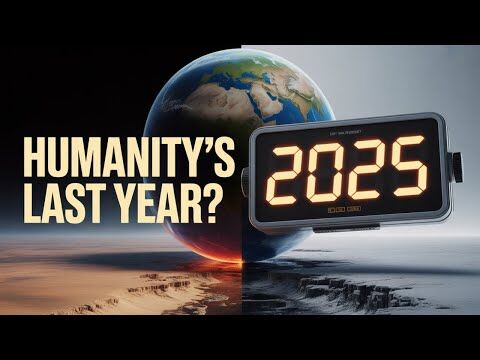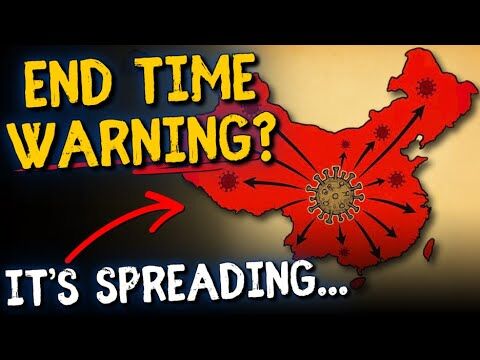I remember the very first time I heard someone say the words, “When you read the Bible, you must read it biblically.” It sounded a little simple-minded and even a little bit goofy. But, the longer I study the Scriptures, the more important and valid this statement becomes. What does this statement mean?
It means that the only way someone can read and understand the Bible is to read it from within its pages. Too often, we are trying to read the Bible through the lens of the 21st century and through the lens of our own culture and thoughts. This almost always results in a wrong understanding of the Scriptures. In many cases, it causes the reader to come to false and faulty conclusions.
Let me give you an example. How many seasons are there? Almost everyone reading this will immediately respond by saying, “Four.” However, biblically, there are two seasons: spring and fall.
These two seasons, spring and fall, both begin with seedtime, and both end with harvest. “Why is this important?” you may ask. “What difference does it make how many seasons there are?” Well, believe it or not, it is extremely important and in fact it is vital to understanding the message of the Bible.
Let’s take a look at these two seasons.
- Spring begins with a new year as we enter the month of Aviv (Ex. 12:2), and the season starts with an eight-day festival called Pesach (Passover).
- The fall season ends with an eight-day festival called Sukkot, or Tabernacles (Lev. 23), and ends with a new rear (Ex. 34:22).
- The spring season starts with Passover, a commemoration of the Exodus from Egypt as we gather for our Seder meals and eat matzah.
- The fall season ends with a commemoration of the Exodus from Egypt, as we dwell in sukkot (tabernacles).
- The spring ends with the blowing of the shofar (Ex. 19:19).
- The fall begins with the blowing of the shofar (Lev. 23:24).
If you have not noticed yet, you will see that G-D, through His Word, set the moedim, appointed times or seasons, in such a way that they are mirrors of themselves—two sides of a coin, so to speak. The spring begins with a celebration of G-D’s deliverance, and the fall ends with a celebration of G-D’s deliverance.
Each season points to the other, and each season tells the same story, one telling it from the present to the future and one telling it from the future to the present. When we stopped using the biblical calendar, we added two seasons and distorted the perfect message G-D placed in His Word. The spring and the fall remind us that time is not linear with a beginning and an end, but rather time is circular and infinite with no beginning and no end.
The biblical calendar taught to us by the spring and fall also reminds us that if you have a circle, there must be a center, and the center of the biblical circle, the center of the entire Bible from Genesis to Revelation, is the story of redemption. The Bible, like the spring and the fall seasons, mirrors itself. Genesis 1 begins with light and water, and Revelation 22 begins with water and light. When you read the Bible, you must read it biblically.
Eric Tokajer is author of With Me in Paradise, Transient Singularity, OY! How Did I Get Here?: Thirty-One Things I Wish Someone Had Told Me Before Entering Ministry, #ManWisdom: With Eric Tokajer, Jesus Is to Christianity as Pasta Is to Italians, and Galations in Context.































































